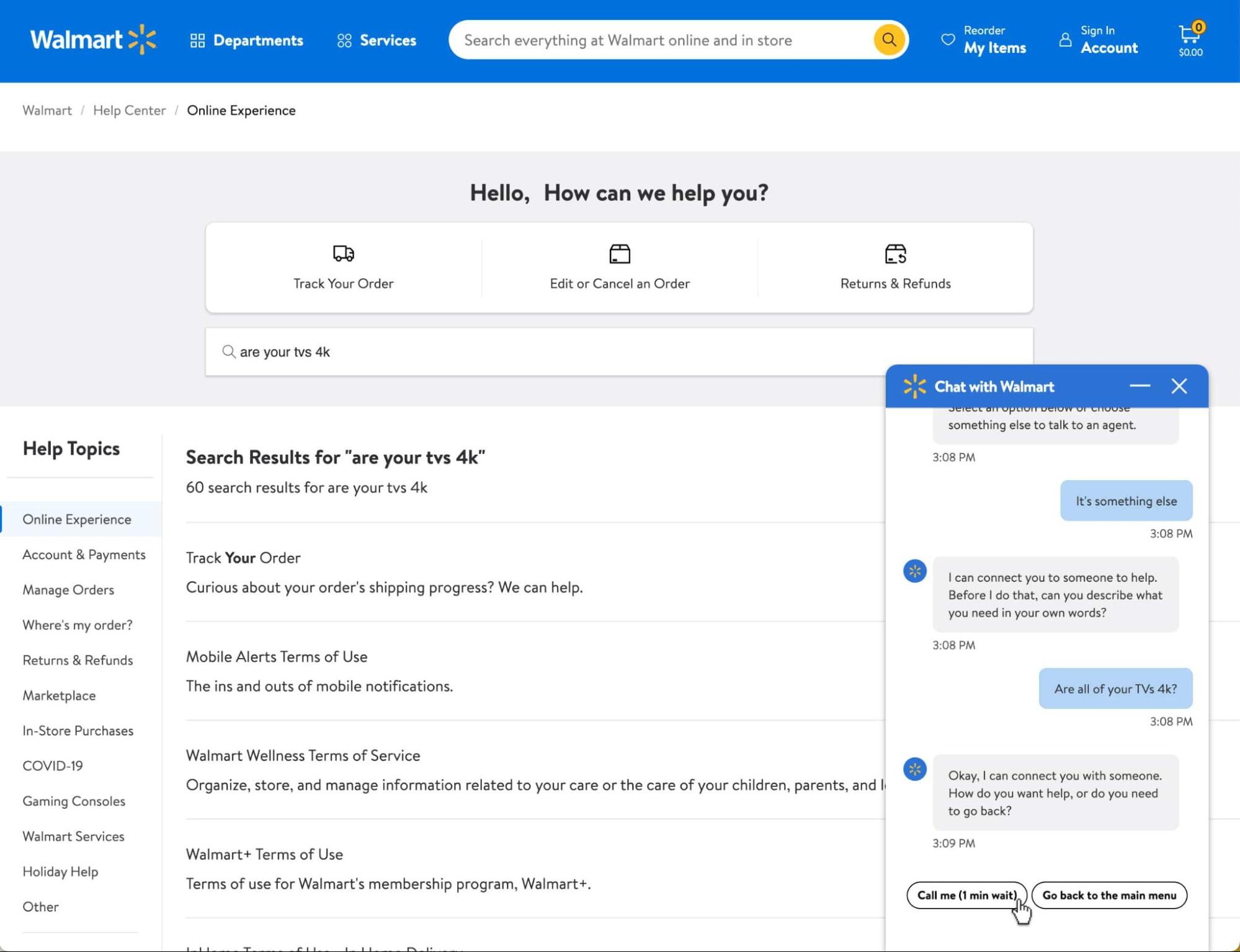When most companies talk about customer acquisition, it usually begins with building brand awareness and ends with conversion through channels like paid advertising, social media, search engine optimization, content marketing, and other common strategies.
But those tools and strategies really only make up half of what a brand needs to create a truly successful customer acquisition strategy. The reality is: if it’s hard or frustrating for someone to purchase from you, then you’ll lose them as a potential customer altogether—no matter how extensive or effective your brand marketing was.
To create a winning customer acquisition strategy, brands need to hyper-focus on leveling up their customer experience across the awareness, interest, and consideration stages of the buyer’s journey.
So where should you start?
Check out these three ways you can use CX to improve your customer acquisition.
Prefer headphones? Take a listen to this post on the Snackable CX podcast.
1. Make it easy for visitors to connect.
Product pages, FAQs, knowledge databases, chatbots—these self-service avenues only help so much when a potential customer has a specific question about a product or service.
But instead of making it easier to connect with an agent, companies tend to veer in the opposite direction in an effort to reduce call volume and protect their call centers. Support numbers get buried three layers deep on the website, confusing IVRs keep callers pressing 0 or yelling “Agent!” in hopes of skipping the menu, and, ultimately, frustration mounts while the chances of acquiring a new customer fades.
To reduce this kind of friction on your website and in your IVR, consider using a click-to-call solution that lets website visitors schedule a call with an agent at a convenient time.
For example, rather than making potential customers search for a support number then dial in and wait on hold, U-Haul placed a click-to-call widget directly on their homepage. This allows them to collect customer intent through a dropdown and provide an estimated call time.
And the best part? Not only does the caller get to skip a frustrating hold experience and connect with an agent who knows exactly why they’re calling, but U-Haul’s contact center can better pace out call volume and make better workforce management decisions.
Source: U-Haul
In an environment where 88% of consumers believe that a brand’s customer experience is just as important as the product or service it offers, it’s these kinds of win-win experiences that set brands apart and drive customer acquisition.
2. Be available to answer customer questions before they purchase.
When a potential customer first encounters your brand, they inevitably have questions before they make a purchase.
In a brick-and-mortar store environment, employees and associates can come to the customer’s rescue and provide clarity. But online, visitors typically have to solo-navigate your website’s product pages and FAQs to get the information or help they need.
To bring the human connection and get customers the help they need when they need it, take these three steps.
First, focus on improving the user experience (UX) on your website. Take a hard look at your CSAT surveys, customer effort scores, and real-time user data to identify areas of your site that might cause your visitors some friction in their journey. For instance, identify and fix the pages that typically result in a visitor clicking over to your contact page. Or talk to your customer service department to learn which questions they hear most from potential customers, then frontload the answers on your product and FAQ pages.
Second, provide a low-lift solution like live chat so visitors can connect with an agent and ask questions. Live chat is the equivalent of approaching an employee at a brick-and-mortar store. And with 44% of consumers saying that interacting with a live agent during their online purchase is “one of the most important features a website can offer,” it’s hard to ignore the value of a live chat feature.
And finally, make it as easy as possible for a visitor to escalate their chat experience—either with an agent or chatbot—to the voice channel. Haste and ease are the name of the game. Remember: when you answer a customer’s questions (yes, even if that means taking up time from agents that “should” be offering support), you greatly increase the chances of winning a new customer.
Walmart is a perfect example, here. Customers with simple queries can interact with their chatbot to get the help they need. But if something comes up that’s not covered by the pre-programmed chatbot options, the chatbot AI is programmed to offer the customer a chance to book a call with the next available agent.
Source: Walmart
This omnichannel solution carries over a visitor’s chat context to the voice channel—meaning they don’t have to repeat their question or issue to an agent, and Walmart can attribute the user’s resolution data to the right support channels.
3. Automate gathering customer reviews.
Customer reviews are often only seen as post-purchase niceties, or the proverbial “cherry on top” of a (hopefully) positive experience. But customer reviews play a critical role in today’s buying process. Sixty-one percent of consumers say they “always” read reviews when shopping online, and 57% say the same when shopping in brick-and-mortar stores. What’s more: 92% of customers said they’re more willing to hit the buy button after reading a positive review.
So how can you gather more reviews and boost customer acquisition? By intentionally connecting review requests to your customer feedback process.
You already know how important it is to regularly collect customer feedback at every stage of their journey to monitor the voice of the customer. But a best-in-class VoC solution can also be automated to identify customers who’ve had a positive experience with your brand—and it’s these customers who you’ll want to specifically ask to leave a review on Google, Yelp, or other dedicated review sites.
That customer who raved about a particular agent? Ask them to leave a Google review outlining their experience. Or a customer who thanked your callback solution for saving them from two hours of hold time? Send a follow-up message thanking them for their feedback and asking them to post about it on your site, if reviewing is supported.
When you automate asking for reviews based on positive incoming feedback, you can build trust with prospects faster and increase their chance of becoming a customer.
Next steps
Potential customers have questions, and the better equipped you are to provide thorough, seamless answers and support—whether through your voice channel, website, or social proof—the easier it is to win the sale.
Analyze your customer acquisition strategy through the lens of these three strategies to see where potential customers are getting stuck in the buying process. Work across departments and teams to streamline the user experience in all of your digital channels. Then watch as your traditional customer acquisition tools go into overdrive to deliver stronger conversions.







